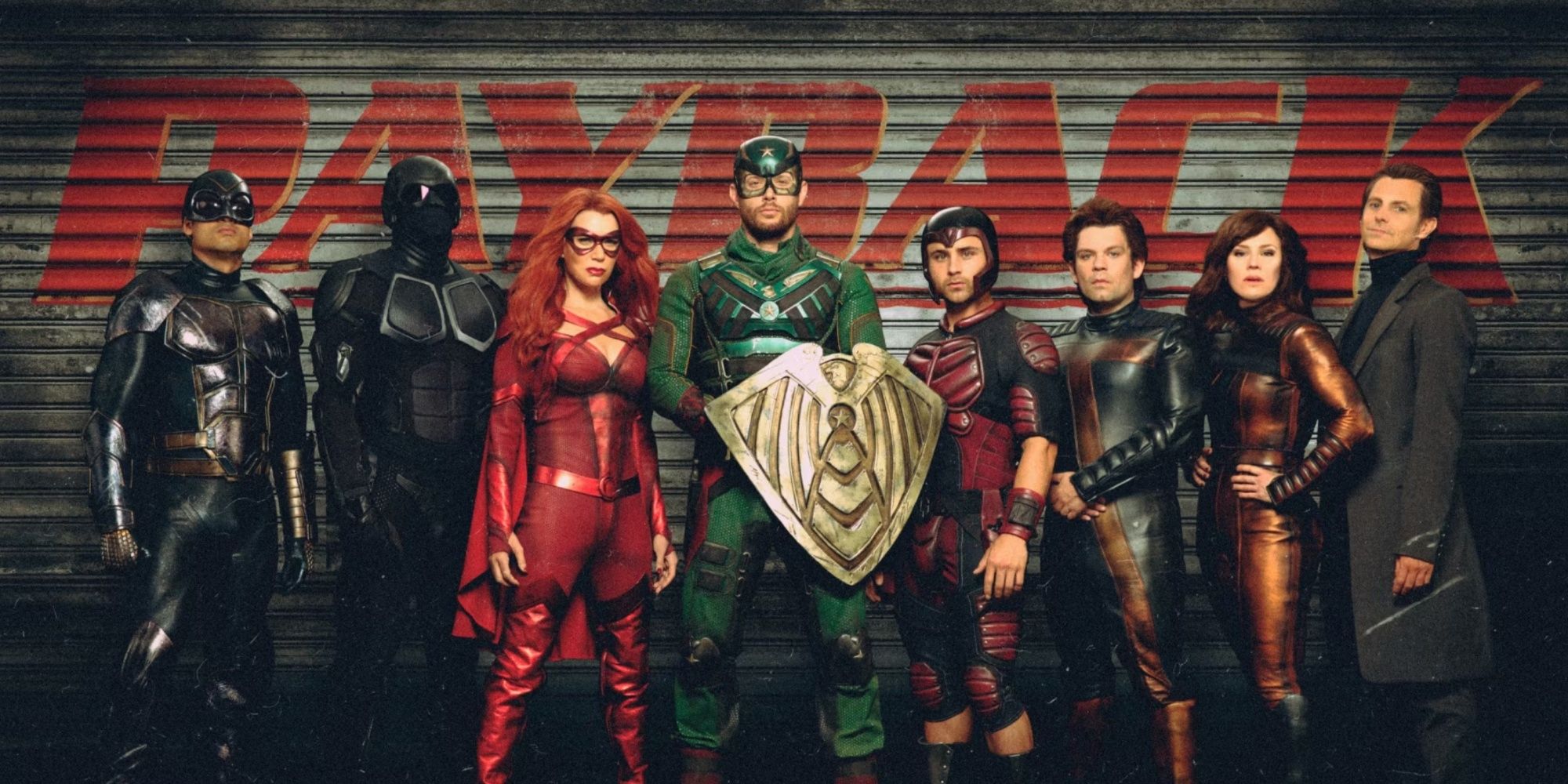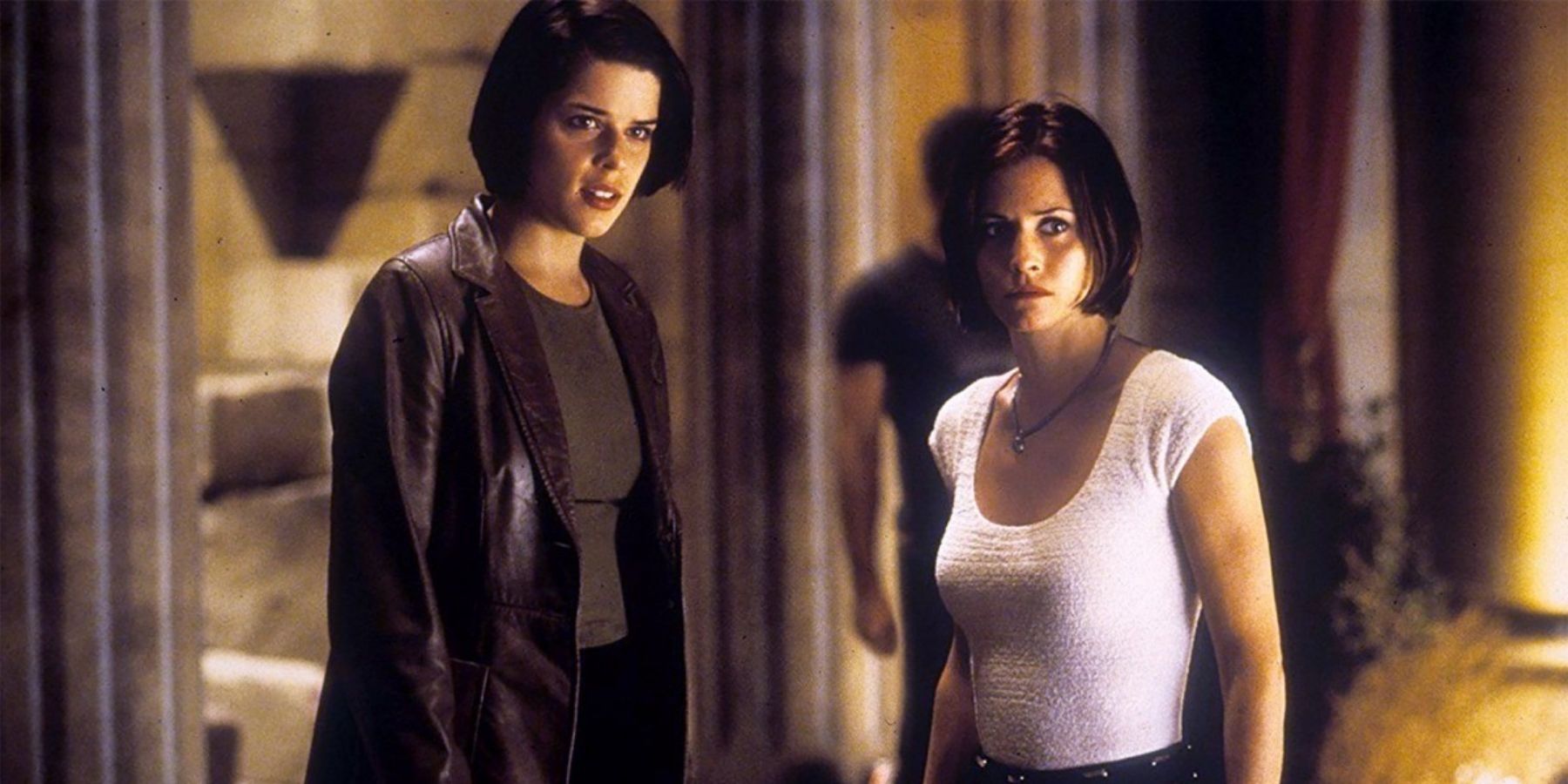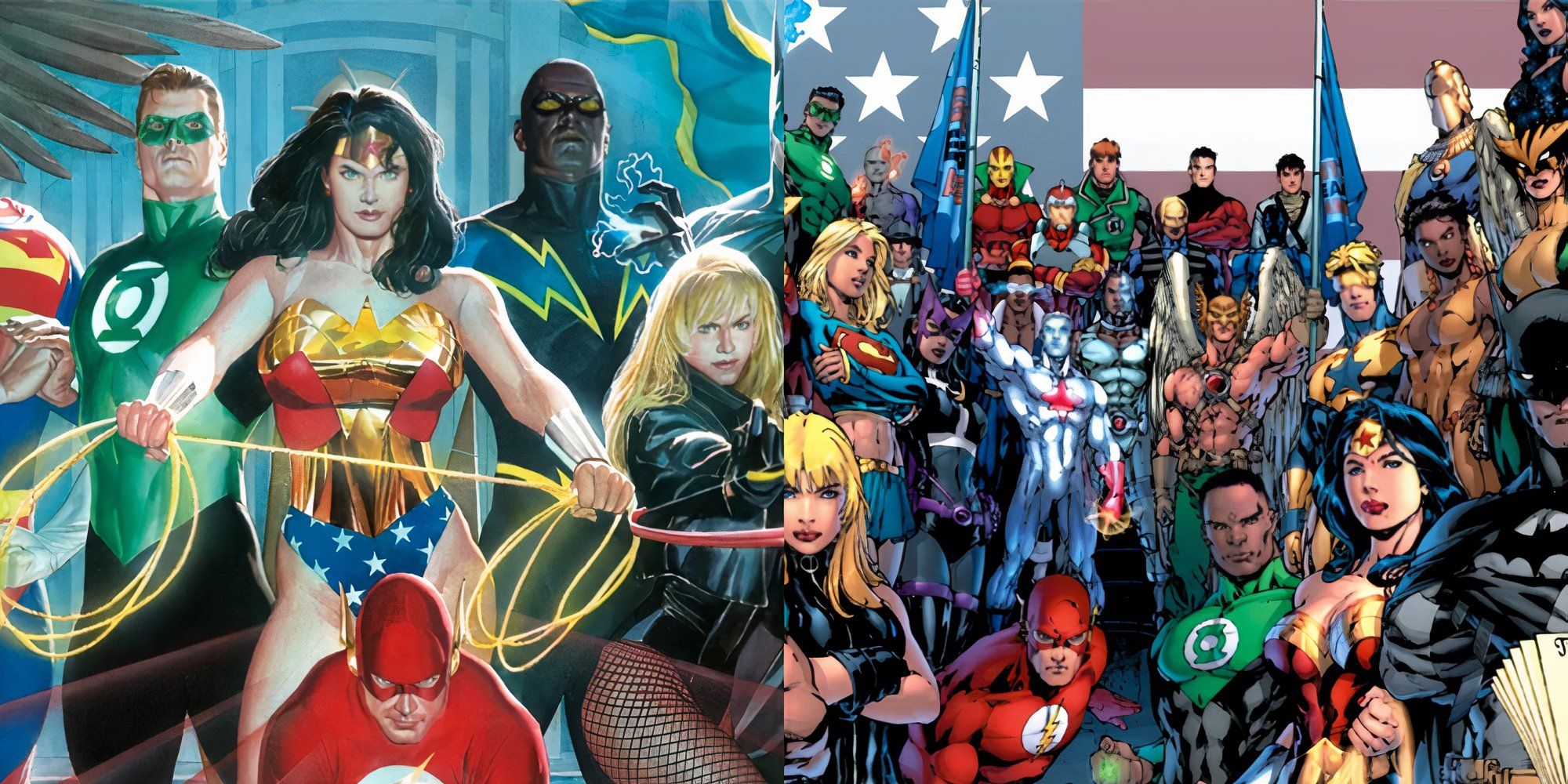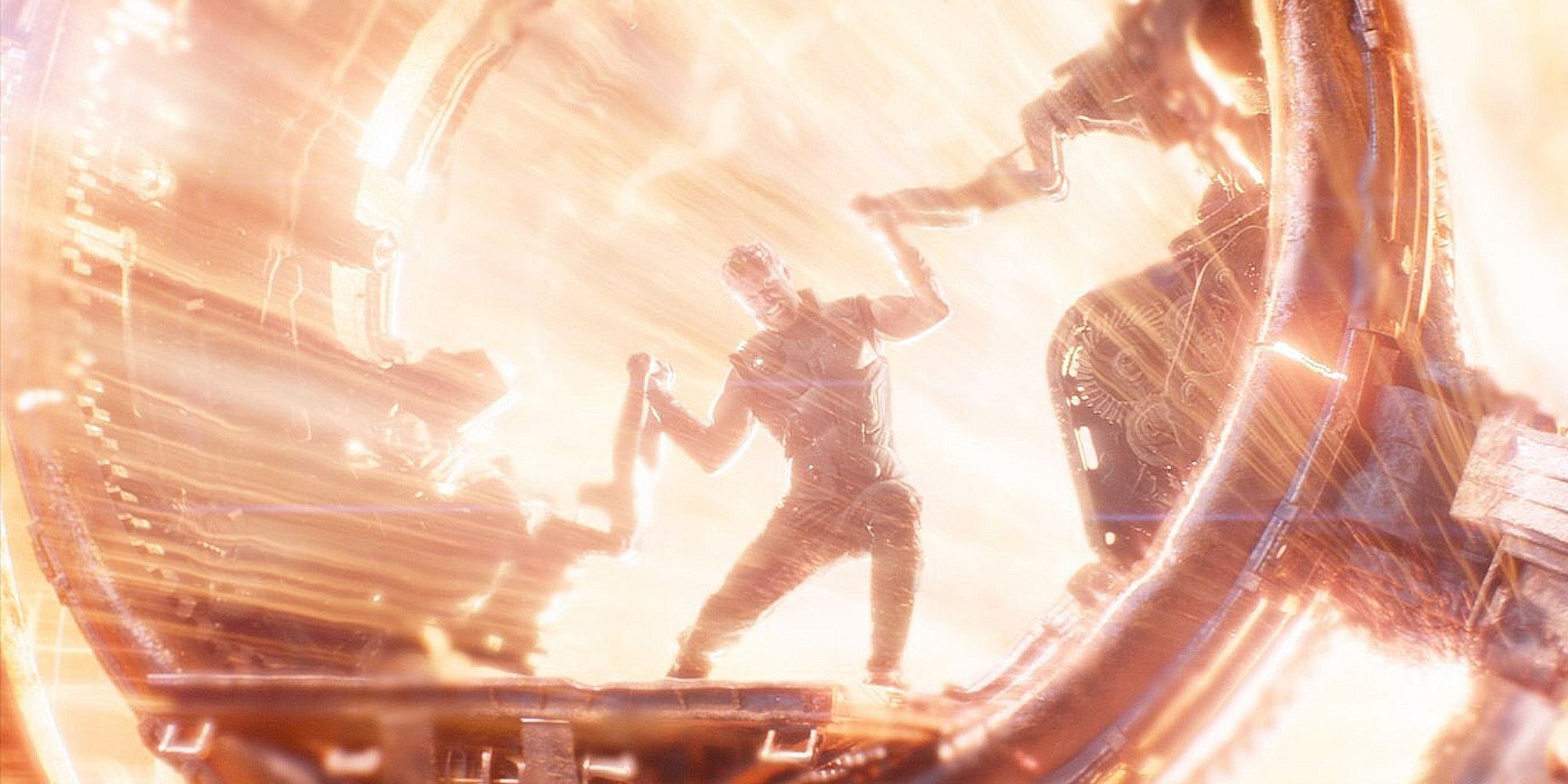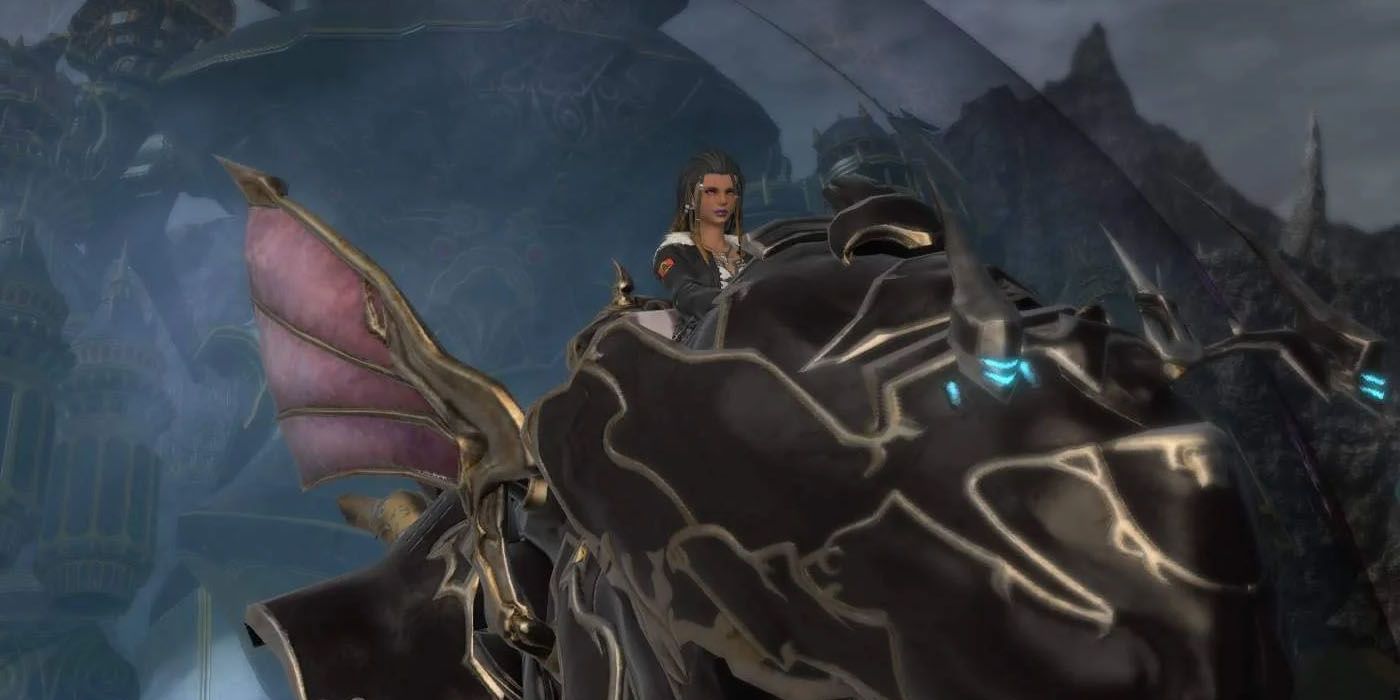Delineating between genres has become as complicated as it is often arbitrary, but by bringing a couple of genres together, authors can create something special. Sci-fi and fantasy both have ways of explaining things that would otherwise be impossible, but combining science and sorcery gets the incredible innovation that is Magitek.
A work of speculative fiction typically explains to its audience how the new universe works. Whether it's advanced technology or ancient magic, the unique worlds have to have rules. Some systems of magic or incredible technological innovations have defined the works they appeared in, but combining the two can lend to interesting new concepts.
Magitek (sometimes spelled Magitech) is a combination of magic and technology. Typically, the term refers to inventions that use the form factor of technology and the power of magic. Technology can grant a writer anything they want to do, but it can get a bit hard to explain. Audiences often expect at least some scientific knowledge, and complete techno-babble will often be mocked. Magic is free from any expectation of logical explanation, making it much easier to use. On the other hand, if the rules of a world's system of magic aren't set forth, the audience will be left wondering what anything means. Badly-handled technology in a sci-fi story feels dumb, badly-handled magic in a fantasy story feels meaningless. By combining the two, a work of fiction can solve both problems and invent new realms to explore and understand.
The go-to first example of Magitek comes from Robert A. Heinlein's 1940 novella Magic, Inc. This work is credited with crafting the "Mundane Fantastic" subgenre of fantasy. The story takes place in a world in which magic is as common a part of life as any other banal reality of business. It's key to a variety of companies, but many people live their lives without any use for the mystic arts. The story doesn't do a ton of work to set up the rules of its magic system. Instead, the characters seem to know them by heart. Magic doesn't take the form of technology here, it takes its place instead. Robed wizards and other magic practitioners are effectively just another kind of professional that any given corporation should have contracted, like lawyers and accountants. The story follows a group of ragtag magicians and small-business owners as they try to stave off the attempts of a big company to monopolize magic. This set the tone for the general direction of Magitek in narrative fiction.
Though Heinlein is credited with the idea, he didn't name Magitek. The name used to define the trope was seemingly coined by Ted Woolsey, the translator who wrote the iconic English script for Final Fantasy VI. Originally released in the US as Final Fantasy III, the game was built largely around the concept of technology fueled by the power derived from living magical beings. The world of the game has a steampunk vibe in which technology advanced apart from magic. Civilization believed they'd lost all access to mystical powers after a cataclysmic war, so scientific innovation made up the difference in the meantime. The flagship Magitek product is the Magitek Armor, a bipedal mech that has appeared in the franchise in multiple forms. Magitek as a concept has remained common to Final Fantasy as the games introduce interesting combinations of science and magic.
The Marvel Cinematic Universe has an interesting relationship with the Magitek concept. Fans can draw hard lines between superheroes and identify the sources of their individual powers. Iron Man, Captain America, and all of their allies get their gifts from tech. Doctor Strange and Scarlet Witch use actual magic to do what they do. There's no question, their backstories are clear, and there's little to no cross-contamination in the average character. But, sitting right between the two camps, is the Thor universe. Thor makes it clear to his Earth-dwelling bride Jane that science and magic are the same in Asgard. Some of the things that Loki and Freya pull off are explicitly described as magic, but their space-faring vessels sure seem like technology. Where's the line? There isn't one. It's all magic and it's all technology. Watching Thor use a complex series of machines and the power of a star to forge an ax with magical powers and a mind of its own should give the impression that Thor was telling the truth.
Magitek is a simple concept with a long history of excellent use. It's a fixture of a ton of the biggest franchises in media history. The versatility of technology combined with magic makes it a perfect combination point for the often difficult genres of sci-fi and fantasy. The lines aren't always clear, but there are a ton of interesting mixes that can create new rules for new worlds. Magic and technology don't always have to be enemies, sometimes they can create something great together.

